[ad_1]
In Tuscany, the wine route is also an architectural trail thanks to the contribution of starchitects who have signed countless projects since the 90s, creating a real phenomenon. Stunning buildings, perfectly integrated with the surrounding landscape, designed and built with state-of-the-art technologies. These are real wine temples that have opened their doors to visits and tastings. Different from one another, some attached to tradition, others conceived with an eye to the future, but all immersed in a territory and nature of unique charm.

The greatest concentration of these superb wineries is in the provinces of Grosseto and Livorno, where Rocca di Frassinello, Le Mortelle, Colle Massari, Tenuta dell’Ammiraglia, Petra, Tenuta Argentiera, and Caiarossa are located. In the Arezzo area, there are Podere di Pomaio and Il Borro, while in Florence area there is Antinori Nel Chianti Classico. In Siena area there are Castello di Fonterutoli, Cantina di Montalcino and Salcheto.
Here is where you can admire and visit the most spectacular Tuscan architectonic wineries, designed by the world’s greatest architects of contemporary architecture.
Il Borro – San Giustino Valdarno, Arezzo (province)
Immersed in an area rich in art and culture located between Florence, Arezzo and Siena, Il Borro represents a wide-open window on history. The origins of the borgo of Il Borro date back to the Tuscan Middle Ages. The Medici, the Savoys, and nowadays the haute couture family represented by Ferruccio Ferragamo and his sons have safeguarded its preciousness, keeping its charm intact and transforming the estate into an oasis strongly dedicated to respecting the environment.
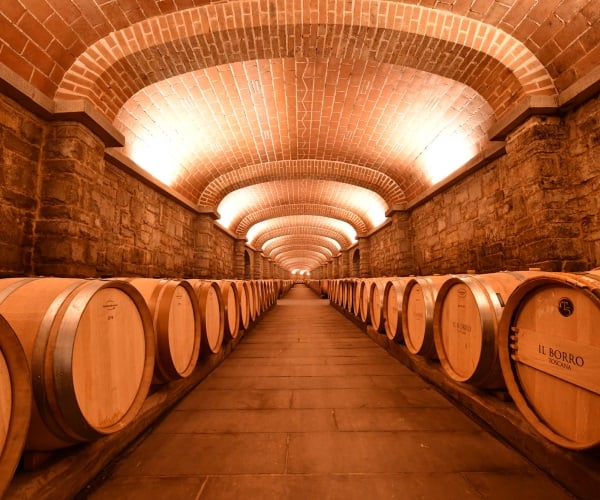
The estate covers an area of 1100 hectares, 85 of which are dedicated to viticulture. After a meticulous and conservative restoration of the medieval borgo, the nineteenth-century villa and the centuries-old cellar, Il Borro is today a luxury travel destination. The new cellar was designed by architect Elio Lazzarini and is perfectly harmonized with the existing structures.
Antinori – Chianti Classico, San Casciano Val di Pesa, Florence (province)
Hidden among olive trees, woods, and vineyards, the winery immediately stands out as one of the most interesting industrial design projects in the world. The official “Building of the Year” award is also due to the low environmental impact and high energy savings distinguishing the project. Natural materials such as terracotta, wood and corten, give life to the cellar, attesting to the deep and rooted bond with the earth, fully respecting the beauty of this area.
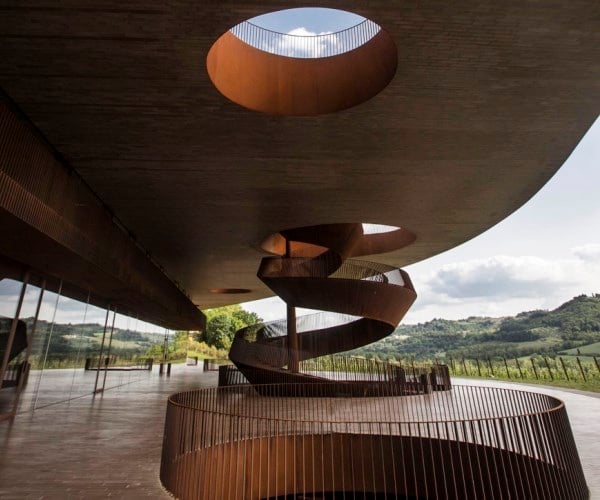
At this winery tradition and innovation coexist harmoniously, superbly telling the past, present and future of the Antinori family. The cellar was built by the Archea Associati studio, following the indications of the Antinori family and seven years of dedicated work.
Podere di Pomaio – Arezzo (province)
The Eco-Cellar is the result of the owners’ philosophy, expressed in the Think Green project and brought to its maximum substantial and formal manifestation. The bio-architecture cellar with its Etruscan-inspired amphitheatre, built with the Cyclopean boulders found during the excavations, is unique in its kind.

The architect Marisa Lo Cigno and the surveyor Pier Ferruccio Rossi implemented extreme green building practices. Among the design techniques, there is also the fascinating method of the Cyclopean walls dating back to the Etruscan times. The commitment to maintain at least 45% of the woods of the estate to compensate for the few carbon dioxide emissions is also fundamental in the green project.
Rocca di Frassinello – Maremma, municipality of Gavorrano, Grosseto (province)
The world-famous architect Renzo Piano designed this winery. He conceived a cellar with essential shapes, enhancing the functionality of the factory. Rocca di Frassinello represents the first joint-venture between Italy and France in viticulture thanks to the synergy between Paolo Panerai, owner of Castellare di Castellina in Chianti Classico, and Domaines Barons de Rothschild, owner of Château Lafite.
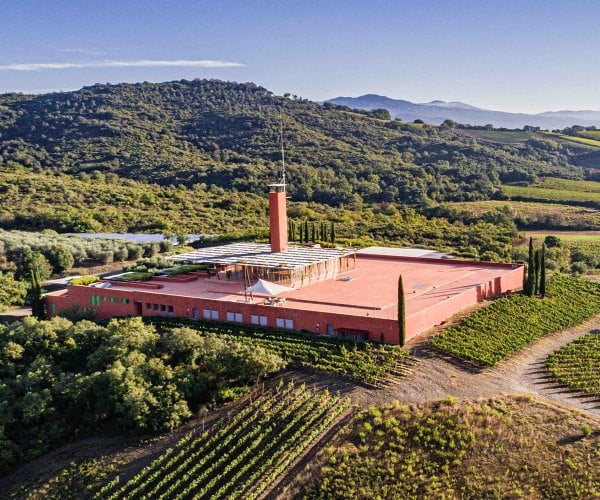
Renzo Piano’s project has enhanced functionality by paying particular attention to the use of gravity in the winemaking process, in order to ensure the highest quality of wines. Piano has placed the barrel cellar in the centre, underground, in order to keep humidity and temperature naturally stable.
Cantina Colle Massari – Maremma. Cinigiano, Grosseto (province)
Located in the Maremma area, in Cinigiano, the Colle Massari winery was designed by the architect Edoardo Milesi, according to the principles of green building and bioclimatic engineering.
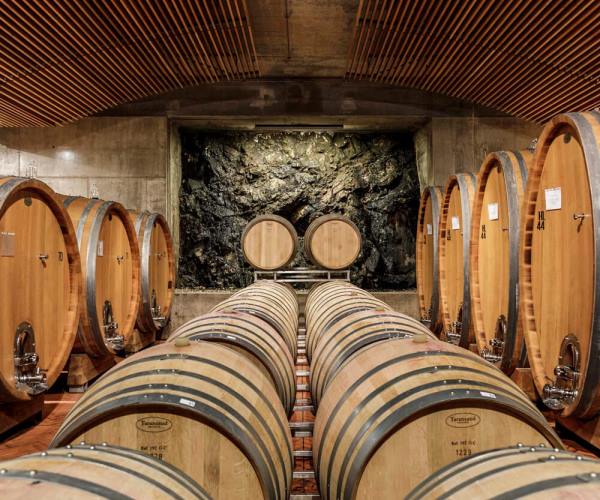
The winery is the result of an attentive project analysis where concepts such as energy-saving, green building, workplace quality, bioclimatic engineering have guided the design and accurate choice of every single component and material. Here grapes and wine are manoeuvred by means of a “gravity drop” process without ever using electromechanical pumps.
IMPORTANT NOTICE:
If you are reading this article anywhere other than on A Luxury Travel Blog, then the chances are that this content has been stolen without permission.
Please make a note of the web address above and contact A Luxury Travel Blog to advise them of this issue.
Thank you for your help in combatting content theft.
Tenuta Ammiraglia – Maremma, Magliano in Toscana, Grosseto (province)
Lately, several wine producers have built cellars deep underground as temperatures are better monitored in such conditions. At Tenuta Ammiraglia, it looks as if the architect Piero Sartogo raised a strip of land to open a thin and long slit in the natural slope of the earth.
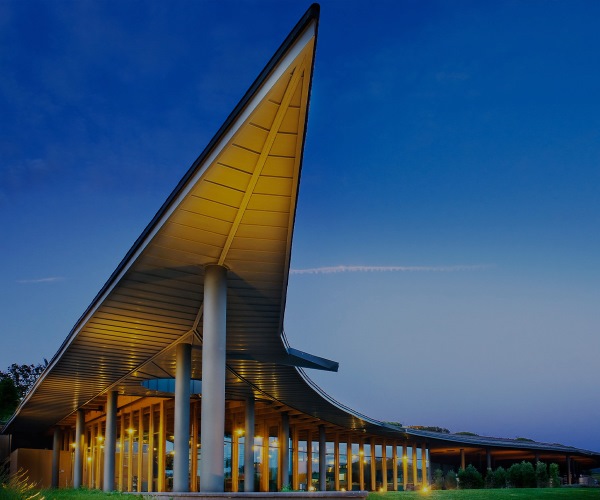
For over seven centuries, Marchesi de ‘Frescobaldi has been the symbol of wine production in Tuscany. Suffice it to say that their wines filled the glasses of the greatest Renaissance artists such as Donatello, and reached the tables of the Papal Court of Leo X and King of England Henry VIII. The new Tenuta dell’Ammiraglia, inaugurated in 2011, was designed with a futuristic look by the architect Piero Sartogo in the heart of fascinating Maremma.
Tenuta Ammiraglia is open to visits and tastings and it is also possible to organize lunches, aperitifs and events upon reservation.
Le Mortelle – Castiglion della Pescaia, Grosseto (province)
The name derives from the wild myrtle, a plant sacred to Venus in ancient times and today characterizing the coastal areas of southern Tuscany. The company has been owned by the Marquises Antinori since 1999. This large noble family, active in the wine sector since the fourteenth century, has decided to focus on an emerging area in the Italian wine scene, commissioning the cellar to Studio Idea Firenze.
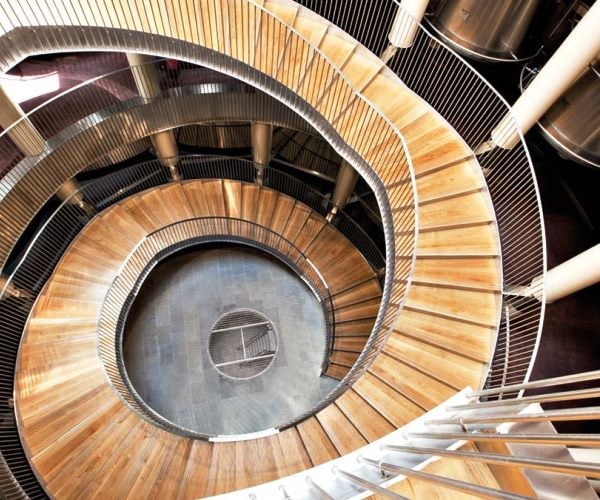
Tenuta Argentiera – Donoratico, Livorno (province)
It is located on a plateau where, during the Etruscan times, there were natural springs and silver mines, hence its name Argentiera. This estate has the marvellous sea of the Etruscan Coast as its horizon and is situated only a hundred kilometres from Florence.
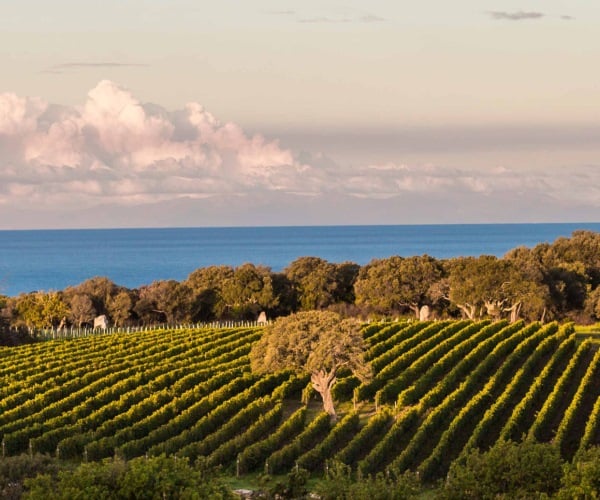
Devoted to the production of Bolgheri DOC wines, the company is owned by the Fratini brothers, while the architectural project of the cellar was conceived by Studio Stefano and Bernardo Tori Associati. The highlight is the splendid barrel cellar boasting a splendid vaulted ceiling that houses 1,200 barriques.
Caiarossa. Northern Maremma, Riparbella, Livorno (province)
A few steps from the Tyrrhenian Sea overlooked by the vineyards and the cellar, the estate is situated on the slopes of Monte Amiata, in the northern area of the Maremma. The vineyards fall within the Montecucco Sangiovese DOCG, between the areas of Brunello di Montalcino and those of Morellino di Scansano. The property is owned by the Albada Jelgersma Family which also owns Château Giscours and Château du Tertre, two Grands Crus Classés in Margaux. The name Caiarossa pays tribute to the soils which are characterized by the presence of jasper, rocks and deep red gravel.
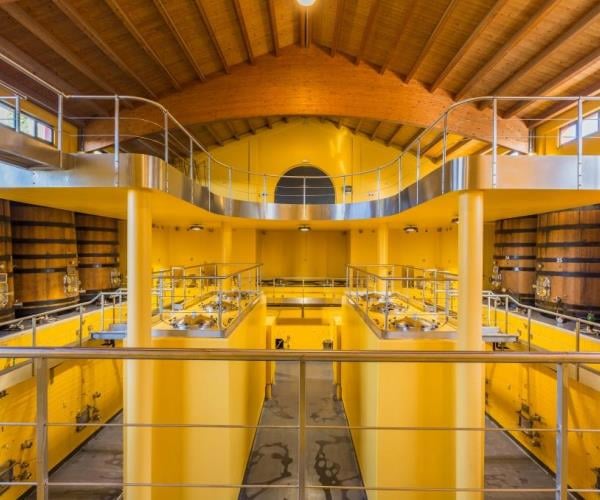
Petra – Suvereto, Livorno (province)
Cantina Petra was designed by one of the greatest personalities of contemporary architecture: the Swiss Mario Botta. Among the awards received during his fruitful career, the Merit Award for Excellence in Design and the European Award for Culture stand out. His works have now become history: the Watari-um art gallery in Tokyo, the Museum of Modern Art in San Francisco, the Museum of Modern and Contemporary Art in Rovereto and the renovation of the Teatro alla Scala in Milan just to name a few.

Castello di Fonterutoli – Chianti, Castellina in Chianti, Siena (province)
According to Decanter’s consultant editor Steven Spurrier: “it is the most impressive winery in the whole area of Chianti”. This is the new building of Castle of Fonterutoli, the work of the architect Agnese Mazzei, who has already designed other enological edifices including the Sassicaia barrel cellar.

The cellar has a low environmental impact and is spread over three floors. The heart of the cellar is the underground level where 3500 barriques rest among spectacular exposed rocks that look like a painting.
Salcheto – Montepulciano, Siena (province)
In this organic and biodynamic winery, wines are mainly produced with the symbolic vine of Tuscany: Sangiovese, without added sulphites and with autochthonous yeasts. Salcheto is a winery rooted in the Vino Nobile district whose name derives from the stream that originates at the foot of Montepulciano. The stream flows in a valley that was once adorned with willows. The branches of these trees were used to tie vines.

Cantina di Montalcino – Montalcino, Siena (province)
It is the only wine-making cooperative producing one of the greatest Italian red wines: Brunello di Montalcino. The guidelines of this project were conceived by the architect Tommaso Giannelli who carried out the renovation attentively respecting the environment and the tradition. The cellar is located partially underground and the electricity is produced by photovoltaic systems.
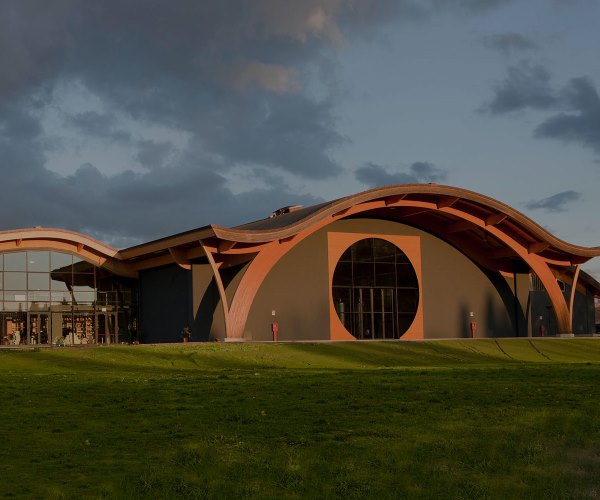
Daniela De Luca is CEO at Home in Italy. Home in Italy is a luxury villa rental company offering high end holiday villa experiences throughout the best regions of Italy since 1993.
If you would like to be a guest blogger on A Luxury Travel Blog in order to raise your profile, please contact us.
[ad_2]
Source link

